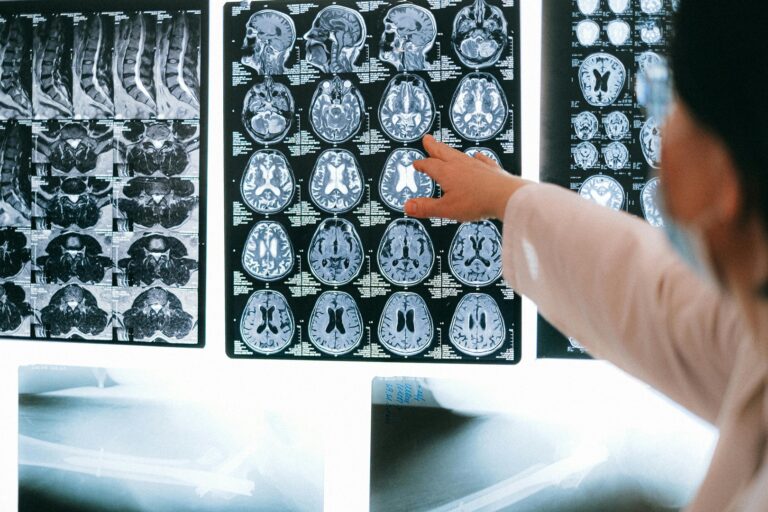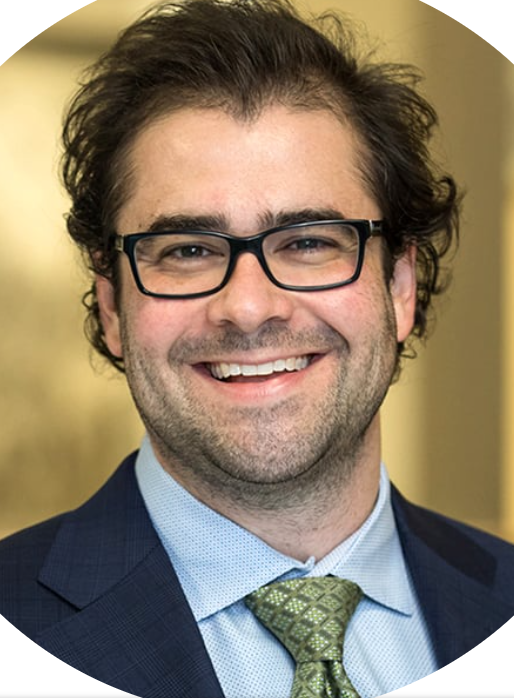Dr. Rani Banik is a board-certified Neuro-OphthalmologistMedical doctor who specializes in neurological conditions that affect vision. They can diagnose and treat conditions related to the optic nerve. Click the term to read more and fellowship trained in Neuro-Ophthalmology with a dedicated interest in IIH. On March 17th she discussed IIH from a Neuro Ophthalmologist’s perspective providing us insight on the criteria and tools used in achieving or ruling out the diagnosis of IIH.
Dr. Srinkath Boddu was the moderator for this lecture. He is a neurosurgeonMedical doctor who diagnoses and treats surgical issues related to the brain, spine, and nervous system. Click the term to read more and interventional radiologist at Weill Cornell Medicine. He specializes in venous sinus stentingA minimally invasive surgery during which a metallic mesh in the shape of a tube (stent) is placed in the sinus. Click the term to read more for pseudotumor cerebri and venous pulsatile tinnitusA whooshing or throbbing noise heard in one or both ears that can range from annoying to debilitating. Highly associated with venous sinus stenosis. Click the term to read more.
Some of the key points of her lecture are:
- Comparing the modified Dandy criteriaCriteria used for diagnosing patients with IIH. Click the term to read more to an updated version that has been accepted since November 2002. This most recent version captures patients who do not have evidence of papilledemaSwelling of the optic nerve that carries visual signals from the eye to the brain. Click the term to read more. This change is adopted as patients who have long standing swelling of the optic disc that has become atrophic and can no longer exhibit typical findings seen on the Frisen grading scale.
- Some of the tools a Neuro-Ophthalmologist uses to make a diagnosis of IIH or elevated intracranial pressure are: the Frisen Papilledema Scale, Humphrey visual field test, and optical coherence tomography (OCT) that was discussed in detail. To learn more about these tools, visit our article A Look Into The Brain Through The Eyes.
- Males can also have IIH. In her case presentation, her patient was found to have venous sinus stenosis and was treated accordingly. For more information on venous sinus stenosis, visit our webinar here.
- Neuroimaging is required as part of the 2002 updated criteria for IIH, MRI or contrast-enhanced CT imaging is performed. In atypical patients consider MRV.
- Treatment is based on the degree and progression of visual loss and symptoms of headache. The choice of treatment is based on the patient’s tolerance, if planning to be pregnant, and many individual factors.
- Dr. Banik participated in a trial that looked at genetic and other factors but there were not enough patients enrolled to make any significant conclusions. She believes there is room to reassess and re enroll in the future.
We thank Dr. Banik for her time and expertise in IIH. We are grateful that her dedication to this neurological condition has led her to participate in research and push the boundaries of what we understand about it today. We look forward to hosting her at the end of the year to learn of the results of the EVOLVE trial in which she is a principal investigator for.
Please join us in our next live webinar on Noninvasive findings of IIH with Dr. Andrew Kim and Dr. John Tsiouris from Weill Cornell Medicine on Thursday, March 30th at 4:00pm EST. Click here to register.



